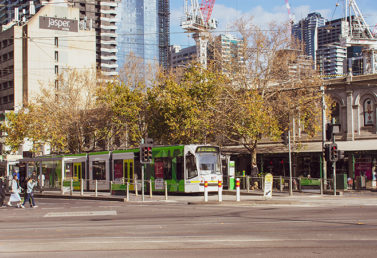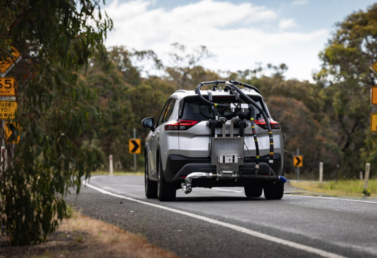VW may have found a fix for reducing the level of noxious emissions, but as a result the amount of fuel used has increased.

Emissions analysis commissioned by the Australian Automobile Association (AAA) has found an affected VW diesel vehicle to be using up to 14 per cent more diesel after recall, and still emitting noxious emissions more than 400 per cent higher than levels observed in laboratory testing.
Conducted in partnership with the Fédération Internationale de l’Automobile (FIA), the real world testing was commissioned to quantify performance changes associated with the software upgrades being implemented on affected vehicles.
The recall fix was implemented by VW after 2015 when it was revealed that more than 11 million VW diesel vehicles had been sold with a ‘defeat device’ installed, which detected when a vehicle’s engine was being tested and subsequently changed performance to improve emission results.
In late 2016, AAA commissioned research firm ABMARC to run two tests on an affected VW vehicle – one before recall and one immediately after.
The test result indicates that a 2010 model Euro 5 VW Golf used an average of 7 per cent more fuel – or 0.5 litres/100km – after it had the recall completed.
This ranged from using 2 per cent more fuel while driving in urban areas, 7 per cent more fuel on rural roads and 14 per cent while driving on highways.
The tests showed a reduction in emissions of oxides of nitrogen, carbon monoxide and particulate matter occurred after the recall fix. However, the NOx emissions were still 4.11 times the laboratory limit after the recall when tested under real driving conditions.
The aim of the study was to determine the impact of the recall fix by comparing the real world pollutant emissions of the test vehicle to the respective laboratory limits and the fuel consumption to the ‘official’ figures before and after the recall fix.
The results show that VW may have found a fix for reducing the level of noxious emissions, but as a result the amount of fuel used has increased.
The testing also indicated that both power and torque had increased slightly after the recall fix. The testing further supports the AAA’s call for a real-world emission testing program in Australia.
The AAA has strongly advocated for the introduction of a real-world emissions test program following its own research program, which tested 30 Australian cars, on Australian roads, using Australian fuels.
The results can be found here: https://www.realworld.org.au/
Welcome to the real world
An Australian real-world test program would allow consumers to make more informed purchasing decisions, and allow policy makers to ensure that regulatory settings reflect real-world conditions.
The AAA argues that there is no point in introducing tougher vehicle emissions standards in a laboratory setting unless information on real world performance is in the hands of consumers.
ENDS.
Media contact:
Jonathan Hawkes
0434 660 801
[email protected]

The latest AAA Transport Affordability Index reveals transport cost rises exceeded the consumer price index not only in the September 2023 quarter but also over the 12 months to the end of September.
read more
Initial results of Australia’s first program to test vehicle real-world performance show the cars tested use up to 13% more fuel on the road than they did in lab tests reported by manufacturers.
read more
The quarterly update of the AAA’s EV Index shows the Australian new vehicle market continuing to change.
read more